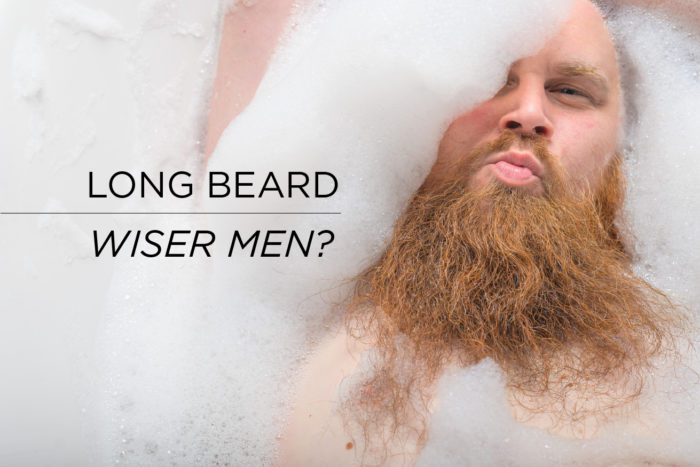It seems like, everywhere you look, someone is starting to grow a beard. Even in professional settings, where a “clean shaven” look was once considered professional and necessary, we are now starting to see more beards in the conference rooms.
Thanks to the growing trend of full, groomed beards, we thought we’d take a little trip down Memory Lane to review the history of beards and barber cuts – and how it got us where we are today.
Ancient Beards
The beard, while considered just a fashion statement today, actually symbolized a lot for men in ancient times:
– Mesopotamians thought that the longer the beard, the more wise and dignified the man. They also took great care to clean, style, and maintain their beards.
– In Ancient Greece, a beard was a symbol of honor. A common punishment in Grecian times was to cut off a man’s beard.
– The first barbershops started in Rome around 450 BCE, when it became a symbol of prosperity to have a perfectly-trimmed beard.
– Only when Christianity became more popular did men start to shave off their beards, especially when converting to the new religion.
The Middle Ages
You’ve seen pictures of Shakespeare and other Victorian nobles during the Middle Ages, so you know their penchant for… creative beard styles.
During this time, more men experimented with beard products and style, favoring the pointed beards and handlebar mustaches we see often in Renaissance paintings.
Fun fact: Touching another man’s beard during this time would mean challenging him to a duel!
Beards in the 19th and 20th Centuries
The American Journal of Sociology published a report in 1976 that takes an interesting, in-depth look at the history of facial hair. It turns out that Dwight E. Robinson, an economist, was very interest in “men’s barbering” around the turn of the 20th century.
To see which facial trends occurred between 1842 and 1972, he actually looked at newspaper pictures of men from the Illustrated London News. He counted how many times “sideburns,” “sideburns and mustache,” “a beard,” “mustache alone” and “clean shaven” men appeared in each photo, visualizing them in a chart he published in the Journal.
Now that’s commitment.
According to his findings, the beard reached its peak popularity in the period between 1880 and 1890, with a steep decrease in popularity in the 1900s. The mutton chop sideburns and “dirt stache” maintained their popularity during this time, unfortunately.
Modern Day Beards
While many “beard experts” associate the decline of beards in the mid-20th century with wartime and the need to find professional jobs, we are seeing increasing popularity today.
Considered a “counter-culture” facial hair style in the mid-60s and 70s, the beard is widely adopted now, even in professional, mainstream circles.
It’s projected that about 55% of males have facial hair all over the world, but women find bearded men 33% less attractive than clean-shaven men. Clearly, it is a personal statement more than a status symbol, or else men would probably be shaving a lot more!

